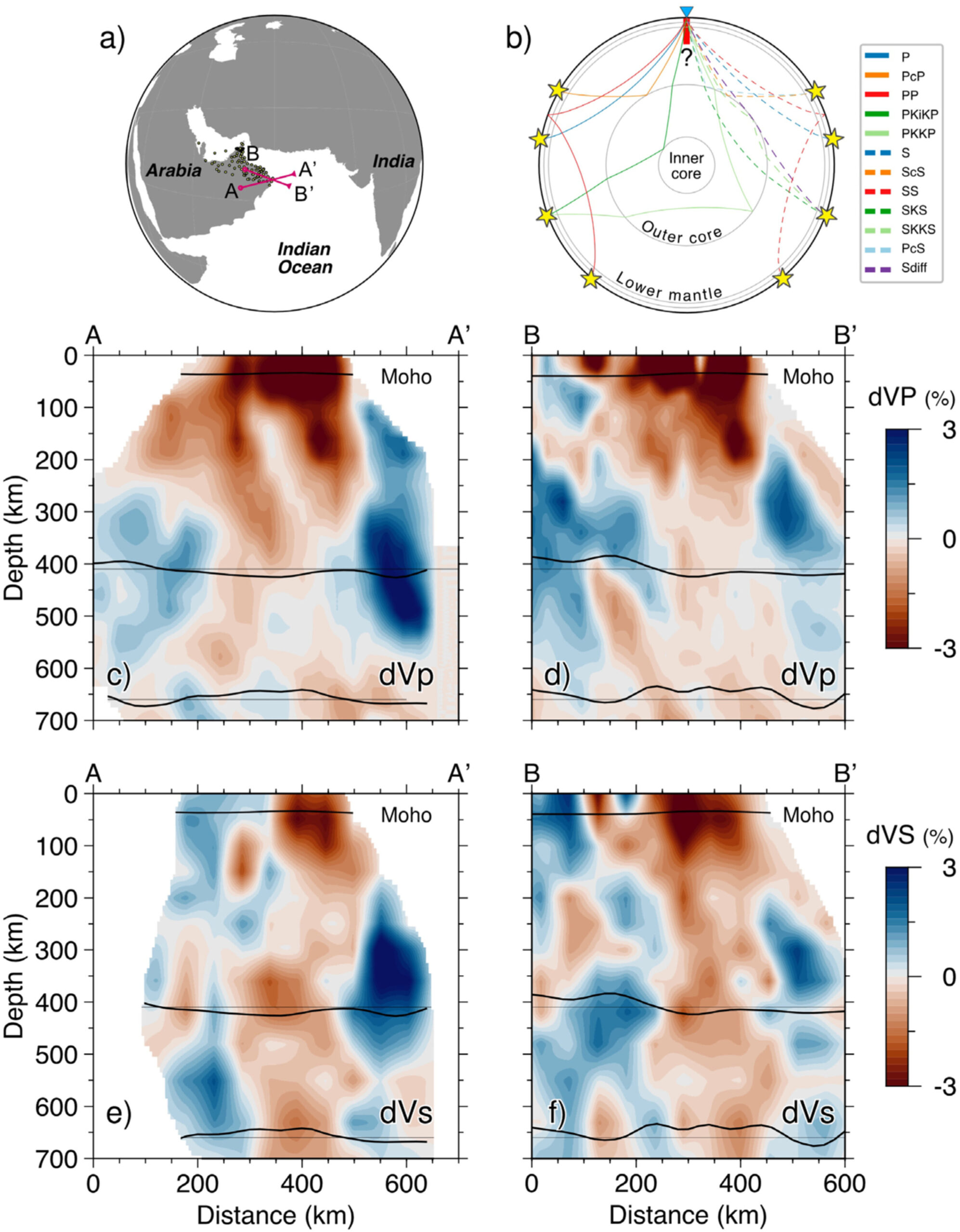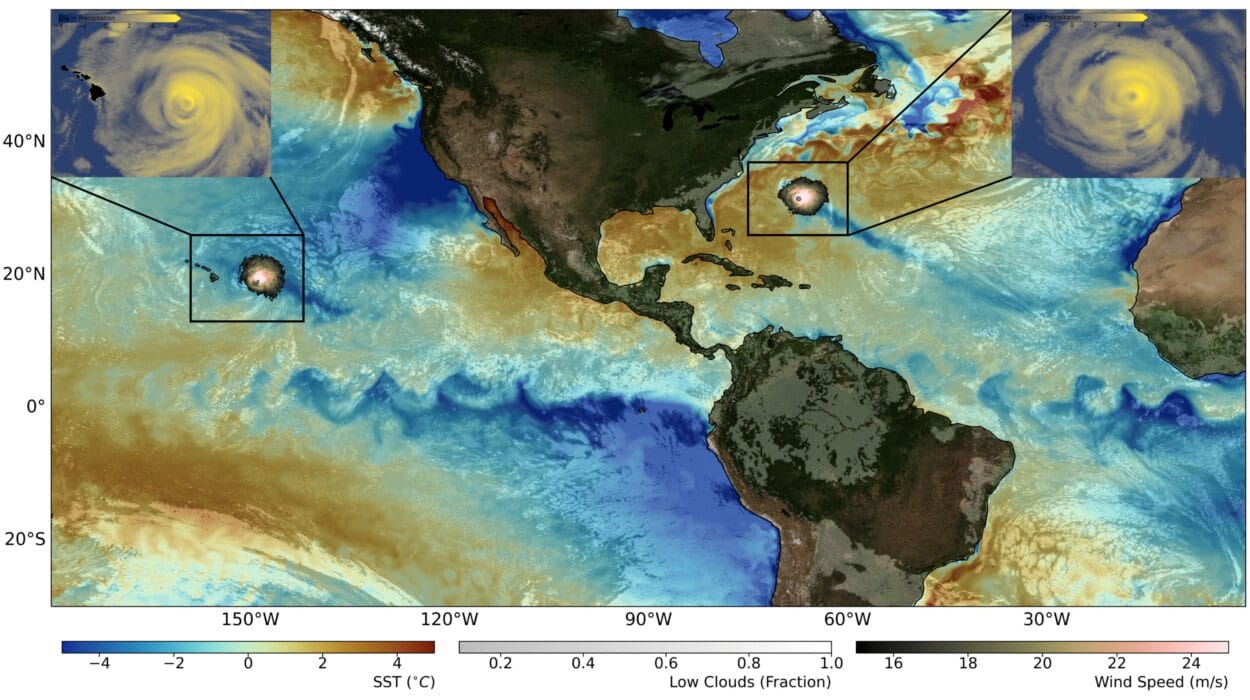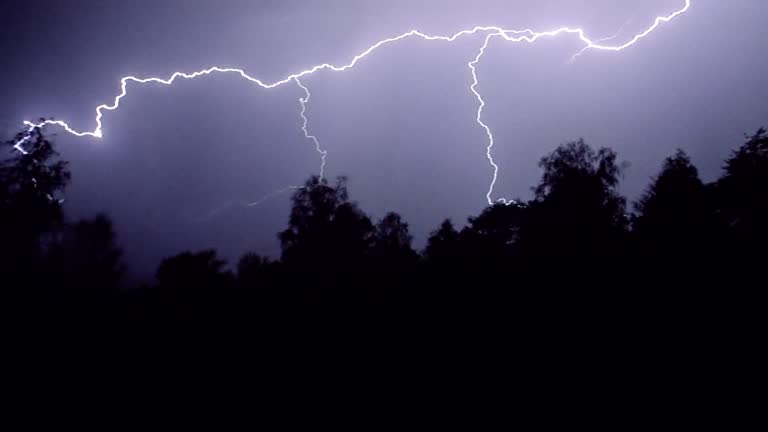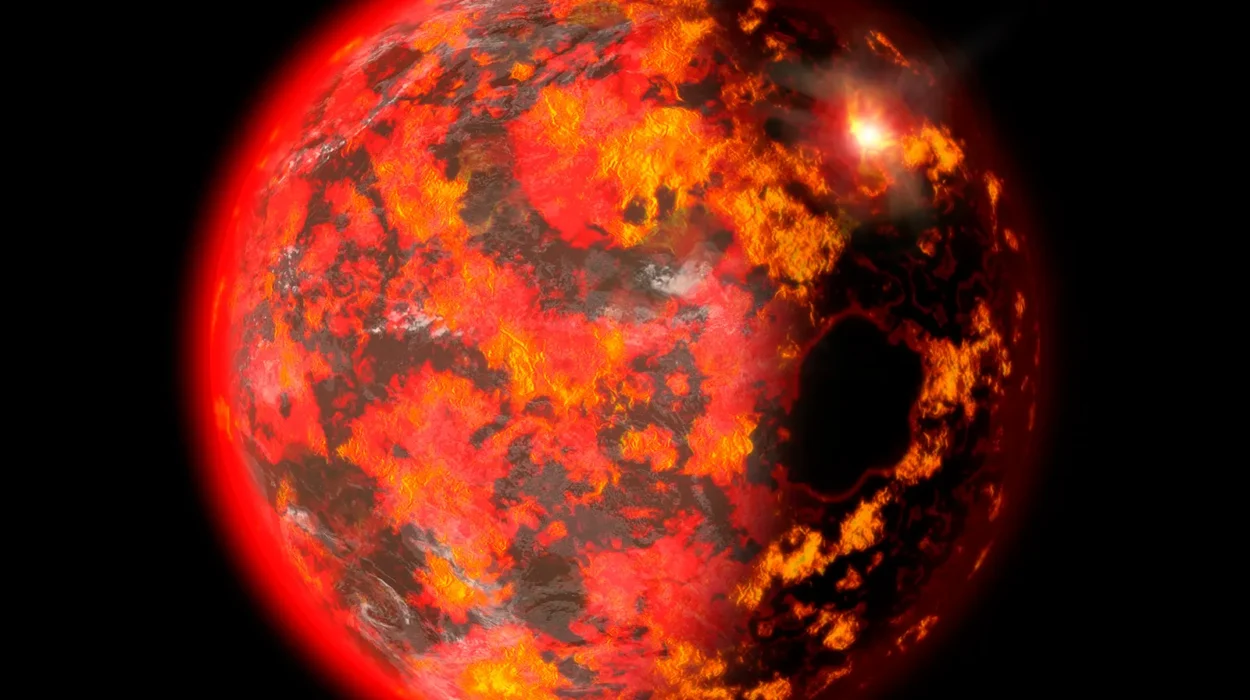In the rocky heart of Oman, beneath rugged cliffs and sun-scorched deserts, something extraordinary stirs far below the Earth’s surface—something no one has ever seen before.
It doesn’t erupt. It doesn’t glow. And yet, it may be one of the most powerful geological forces operating on our planet today.
Scientists are calling it the Dani plume—a vast column of searing-hot rock rising from deep within the Earth’s mantle, hidden nearly 660 kilometers below the surface. Unlike the fiery plumes that feed volcanoes like Hawaii or Iceland, this one has never broken through the crust. It is invisible. Silent. And possibly ancient.
For the first time in history, researchers believe they have found solid evidence of a “ghost plume”—a theoretical but until now unobserved structure that may be driving plate tectonics from the depths.
Their findings, recently published in the journal Earth and Planetary Science Letters, open a dramatic new window into Earth’s inner workings and challenge long-held ideas about how continents move and mountains rise.
Listening to the Deep
The discovery began not with an eruption, but with a whisper.
Scientists studying seismic waves beneath Oman noticed something strange. As earthquake-generated vibrations traveled through the Earth’s crust and mantle, they slowed down when they reached a specific zone underground. It was subtle, but clear—like a secret being spoken in a different language.
Curious, the international team of geoscientists, chemists, and climate researchers dug deeper. They compiled fresh seismic data, ran advanced geophysical models, and peered into the planet’s interior like medical experts studying an MRI scan.
What they found was astounding.
A massive, slow-rising column of hot rock—roughly 200 to 300 kilometers wide—was pulsing upward from the lower mantle. It didn’t breach the surface, but its presence was unmistakable. The Dani plume was roughly 100 to 300 degrees Celsius hotter than the surrounding rock. Like a ghost haunting Earth’s interior, it moved without showing itself above ground.
“It’s unlike anything we’ve directly observed before,” said one of the researchers involved in the study. “We’ve theorized about ghost plumes for decades, but this is the first time we’ve had the evidence to say: yes, they’re real.”
An Ancient Force
Computer models revealed that the Dani plume has likely been there for a long, long time—possibly as far back as 40 million years.
That makes it not just a geological curiosity, but a potential player in the drama of continental evolution. The researchers suspect that this hidden plume has been nudging the Indian tectonic plate for tens of millions of years, helping to uplift parts of Oman and subtly reshaping the topography of the region.
“We tend to think of mountains being formed by obvious collisions,” said one geoscientist. “But sometimes, the forces involved are buried deep—literally.”
Indeed, the slow but relentless movement of mantle material can exert upward pressure on tectonic plates above, creating elevation over time even in the absence of fault lines or surface activity. This could explain certain elevation patterns in Oman that geologists have long struggled to interpret.
Ghosts in the Mantle
The idea of a ghost plume isn’t new. Scientists have speculated for decades that, in addition to the well-known mantle plumes that create volcanic hotspots, there might be hidden plumes—columns of heat and rock that never reach the crust, but still shape the Earth in subtle ways.
These ghost plumes have been hypothesized to influence plate motion, affect regional elevation, and even contribute to changes in ocean basins. But until now, they’ve been the stuff of scientific folklore—plausible, but elusive.
The Dani plume may change that forever.
“This is the first tangible proof of a ghost plume,” the research team wrote. “It not only supports long-standing theories but suggests we may be vastly underestimating how many of these exist beneath the surface.”
Their models also revealed something unexpected: more heat is escaping from the Earth’s core than most current theories predict. That revelation could force scientists to re-evaluate how energy circulates through the planet, how the mantle behaves over time, and what really drives the engine of plate tectonics.
A New Chapter in Earth Science
The implications of this discovery are vast.
If ghost plumes are real—and if they’re common—it means that much of Earth’s geological behavior could be influenced by deep, unseen forces that have gone undetected until now. It suggests that some parts of the planet may be rising, shifting, or even subtly deforming due to buried plumes that exert pressure from below.
It also adds complexity to our understanding of volcanoes. Not every plume results in lava and eruptions. Some are like sleeping giants: hot, ancient, and content to stay underground, influencing the planet in quieter ways.
“The more we learn,” said one of the researchers, “the more we realize that Earth’s interior is alive in ways we’re only just beginning to grasp.”
Beneath the Deserts, a Hot Mystery
For Oman, the discovery is a reminder that even beneath its silent deserts and fossil-rich rocks, the ground is anything but still.
Geologists have long puzzled over the region’s unusual elevation, its thick ophiolite formations—chunks of ocean crust thrust onto land—and the strange ways its rocks tell stories of deep-sea origins and mountain uplift. Now, with the Dani plume added to the picture, a clearer narrative is beginning to form.
“This gives us a missing piece,” one of the scientists said. “A deep, powerful force that may have been shaping this region for millions of years without ever leaving a trace on the surface.”
What Lies Beneath
The discovery of the Dani ghost plume is a breakthrough—but it’s also a beginning.
With better seismic imaging and computational models, researchers are now poised to search for more hidden plumes across the globe. They could be lurking under continents, oceans, or even beneath volcanic hotspots where surface signs are deceptive.
And with each ghost plume discovered, our understanding of the planet will deepen.
We tend to think of Earth’s mysteries as being locked in space or the stars—but some of the greatest enigmas are still right beneath our feet.
This is one of them. And now, for the first time, we’ve caught it in the act.
Reference: Simone Pilia et al, Ghost plumes hidden beneath Earth’s continents, Earth and Planetary Science Letters (2025). DOI: 10.1016/j.epsl.2025.119467






